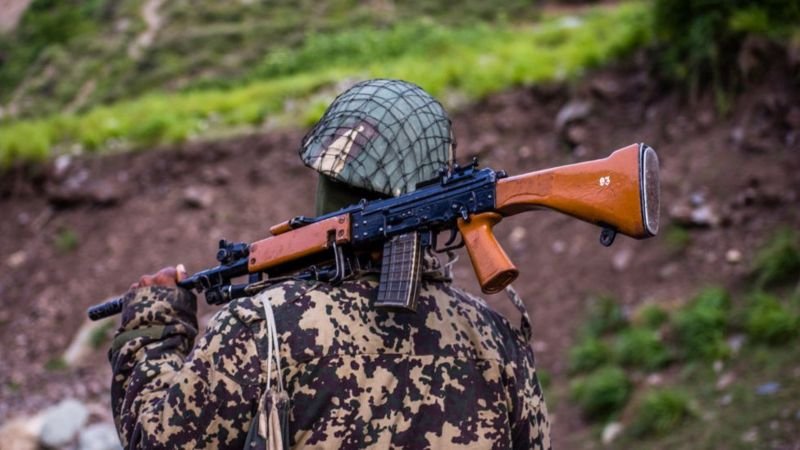Report: China Exploited India-Pakistan Conflict for "Real-World" Weapon Testing, Raising Geopolitical Concerns
 China
Military & Defense
China
Military & Defense

A new report suggests China leveraged the India-Pakistan conflict as a "real-world" testing ground for its advanced weaponry, sparking concerns about regional s
Report Alleges China Used India-Pakistan Conflict for "Real-World" Weapon Testing
A recent report has brought forth startling allegations, suggesting that China opportunistically capitalized on periods of heightened tension and conflict between India and Pakistan to conduct "real-world" testing of its advanced military weaponry. This purported strategy would have allowed Beijing to gather invaluable performance data on its arsenal under actual operational conditions, rather than relying solely on simulations or controlled exercises.
The Nature of Alleged Tests
The report, details of which are still emerging, implies that the timing of these alleged tests coincided with significant flare-ups in the India-Pakistan border regions. While specific operations or weapon systems are not yet explicitly detailed in the public domain of this report, the very nature of "real-world" testing suggests a focus on surveillance capabilities, electronic warfare systems, drone technologies, and potentially even missile tracking and interception protocols. Such an approach would provide crucial insights into how these systems function against real-world adversaries, in complex terrains, and under various environmental conditions, offering a distinct advantage in their development and deployment.
China's Potential Motivations
Analysts suggest China's motivation for such an audacious move would be multi-faceted. Primarily, it would serve to accelerate the refinement of its military technologies, particularly those earmarked for potential future conflicts or deterrence. By observing the dynamics of an active conflict, even one not directly involving its own forces, China could meticulously analyze the effectiveness of its partners' (Pakistan's) strategies and India's responses, offering a proxy battlefield for strategic learning. This method bypasses the limitations of domestic testing grounds and provides a unique laboratory for military innovation.
Profound Geopolitical Implications
Should these allegations be substantiated, the implications for regional stability in South Asia and global geopolitics would be profound. It would undoubtedly raise serious questions about China's ethical conduct in international relations and its respect for sovereign borders and regional peace. Both India and Pakistan, who have long-standing and complex relationships with China, would likely face immense pressure to address these findings. For India, it could underscore a deeper level of Chinese strategic involvement in the subcontinent than previously understood. For Pakistan, a close ally often reliant on Chinese military hardware, it could prompt a re-evaluation of the terms and transparency of its defense cooperation.
International Community's Concern
The international community, particularly powers with strategic interests in the Indo-Pacific, would also view such actions with grave concern. It speaks to a broader pattern of assertive military development and a willingness to push boundaries to gain strategic superiority. This report, if accurate, paints a picture of a nation leveraging regional instability for its own military advancements, potentially escalating an already delicate geopolitical landscape.
As the details of this report continue to unfold, it is clear that its findings demand thorough investigation and could significantly alter the perception of China's role in South Asian security dynamics.